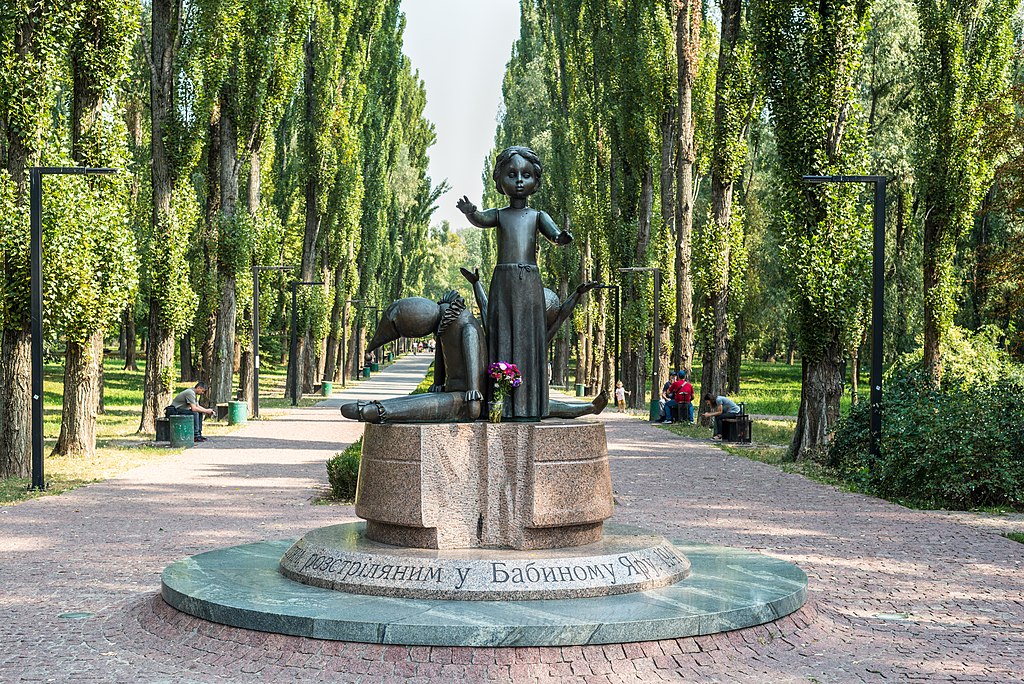Over two billion people across the globe now use the internet, improving access to debates, conversation and information online. Although the number of online users online in developing countries doubled between 2007 and 2011 there is still a huge divide in access to the Internet: only 20 per cent of households in developing countries are online, versus 70 per cent of households in developed ones. Although technological advances are making internet access cheaper, bridging the digital divide is a problem in both developed and developing countries.
“[E]nsuring universal access to the internet should be a priority for states” according to the UN’s Special Rapporteur on free expression. The UN now ranks digital access as a crucial part of securing the right to free expression.
One of the globe’s emerging economies, India, has a population of approximately 1.2 billion, and 121 million internet users. Of those 121 million people online, only 15 per cent of them are female. Most of those users are in India’s more prosperous cities. Internet access will increase as smart phones access continues to grow but that growth also relies on increased digital education and literacy.
The digital divide is a serious issue in developed countries too — where 30 per cent of people are not online.
While the United States has the second highest number of people online, there are millions of Americans who do not have access to the web — leaving them behind in debates, services, and information that are quickly moving online. According to a recent study, approximately 100 million Americans do not have access to high-speed internet. In rural parts of the United States, 19 million people cannot access high-speed internet because services are not provided in their areas.
The United Kingdom also has a high percentage of the population online — with an internet penetration percent age of 84.1 per cent. Digital access in the UK hinges on income, and whether or not the user is in a rural area. The Office for National Statistics estimates that there are 8.2 million adults who have never used the internet. Eight per cent of the lowest earners in the UK are not online.
The rise of smartphones is rapidly increasing the number of people online but there are still international challenges. Although internet access grew by 18 per cent in developing countries over the last year it has started to level off in developed ones. This means that even though improved and cheaper technology will definitely help diminish the digital gap, states should take steps towards, and helping their citizens get online.
Sara Yasin is an Editorial Assistant at Index on Censorship




